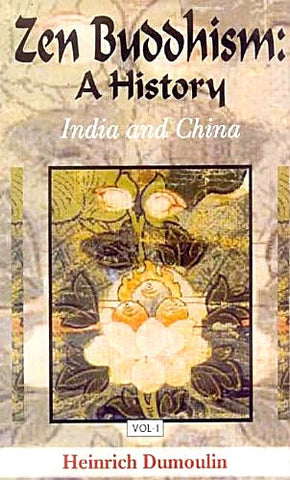Zen Buddhism: A History (2 vols.) Vol.1: India and China; Vol.2: Japan

Zen Buddhism is, first and foremost, a practice that was uninterruptedly transmitted from master to disciple, and that goes back to the spiritual awakening (Satori in Japanese) of a man named Siddharta Gautama (Shakyamuni Gotamain Japanese) - The Buddha- 2500 years ago in India. Zen is Zazen or Zen meditation (za meani...Read more
Description
Zen Buddhism is, first and foremost, a practice that was uninterruptedly transmitted from master to disciple, and that goes back to the spiritual awakening (Satori in Japanese) of a man named Siddharta Gautama (Shakyamuni Gotamain Japanese) - The Buddha- 2500 years ago in India.
Zen is Zazen or Zen meditation (za meaning sitting, and Zen meaning meditation in Japanese), or seated meditation. That is, it is a way of vigilance and self-discovery which is practiced while sitting on a cushion. It is the experience of living from moment to moment, in the here and now. Zazen is an attitude of spiritual awakening, which when practiced, can become the source from which all the actions of daily life flow- eating, sleeping, breathing, walking, working, talking, thinking, and so on.
New developments in the study of Zen are explored in the provocative new introduction, which adds further significance to the remarkable, comprehensive history given by Dumoulin. A New edition of Dumoulin's classic two-volume history brings these essential reference works back to students of Zen. This new edition of 2 vols. includes: (1) notes on the new editions by James W. Heising of the Nanzan Institute for Religion and Culture. (2) a new introduction by John R. McRae of Indiana University; and (3) the complete original text of Heinrich Dumoulin.
Details of Book :-
- Author - Edited by Heinrich Dumoulin. Translated by James W. Heisig and Paul Knitter
- Publisher - Motilal Banarsidass Publishers
- Language - English
- ISBN - 9788120832992
- Binding - Hardbound
- Size - 9.4 inches x 6.5 inches
- Pages - 960
- Weight of book - 1500 grams










